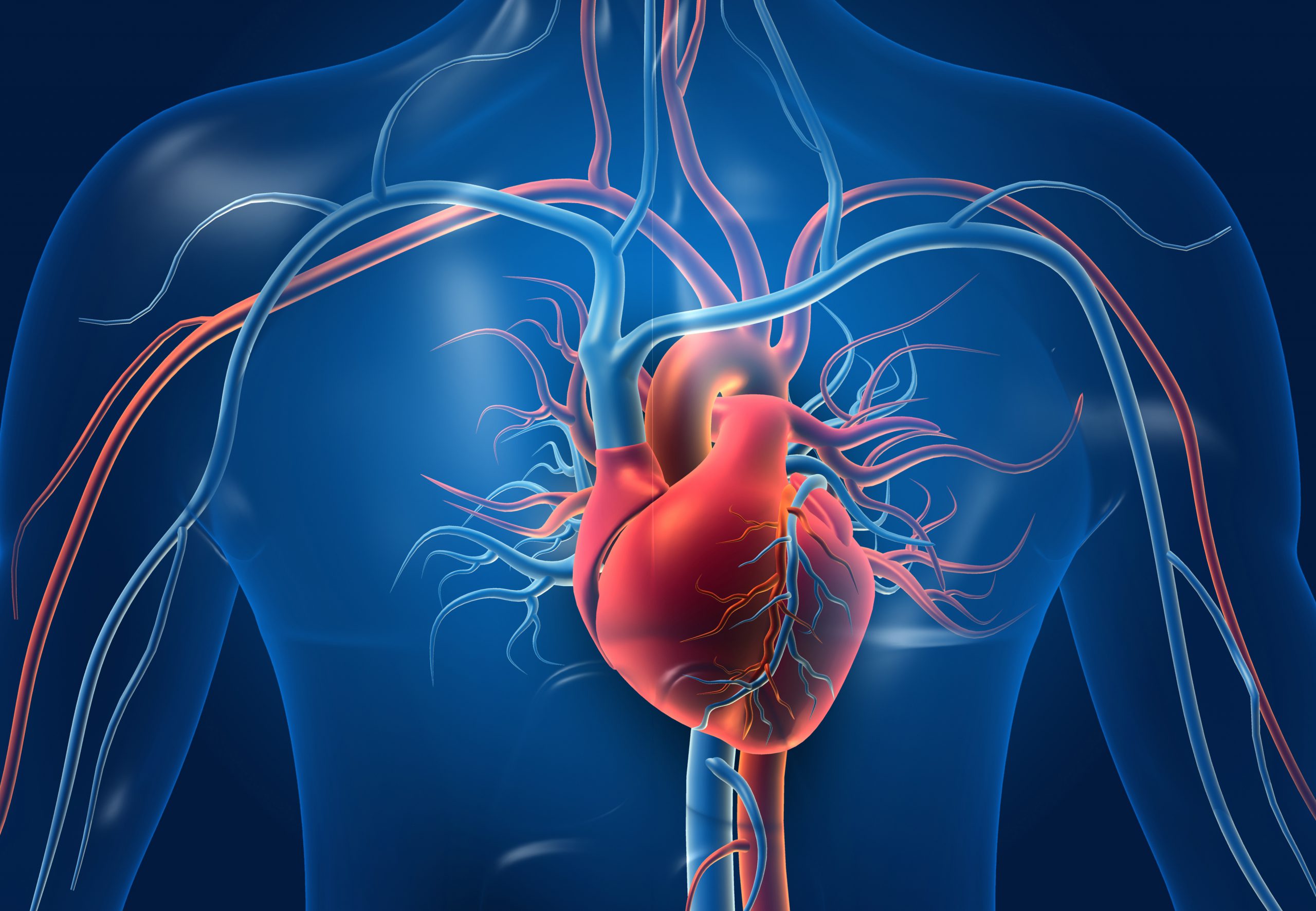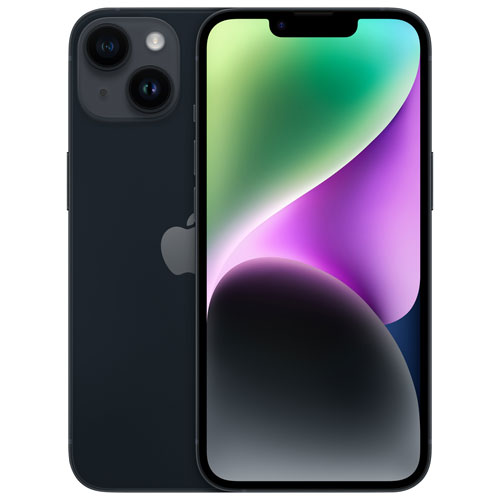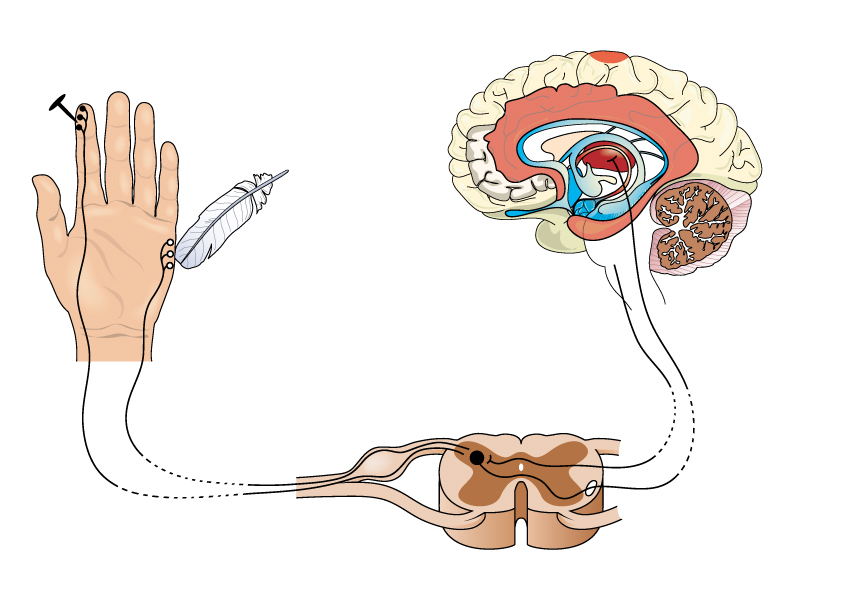This is the second blog in a new series that introduces the major systems in the human body. In this blog, we’ll cover the cardiovascular system.
The cardiovascular system consists of the heart and blood vessels. It transports oxygen and nutrients to the body’s organs so they can function.
The heart is a muscular pump that helps circulate blood. The pulmonary circuit moves blood between the heart and the lungs. Blood moves between the heart and the rest of the body in the systemic circuit.
Deoxygenated blood from the systemic circuit enters the heart through the inferior vena cava and the superior vena cava into the right atrium. Blood passes through an atrioventricular valve (separates the atrium and ventricle) to enter the right ventricle and then through the pulmonary valve to reach the pulmonary arteries. It becomes oxygenated in the lungs and travels back to the heart through the pulmonary veins. Blood enters the left atrium, passes through the mitral valve into the left ventricle, and then through the aortic valve to enter the aorta.
Arteries are high-pressure systems that contain oxygenated blood. Veins are low-pressure systems that contain deoxygenated blood. However, in the pulmonary circuit, the arteries carry deoxygenated blood while the veins carry oxygenated blood. Veins contain valves surrounded by muscle to prevent the backflow of blood.
In the arterial system, blood passes through elastic arteries, muscular arteries, small arteries, and arterioles before reaching capillaries. In the venous system, blood passes through postcapillary venules, collecting venules, veins, and vena cavae before entering the heart.
The Boom Health app allows users to book registered nurses, personal support workers, and personal care services, schedule transportation, order prepared meals, rent or purchase medical equipment, and get emergency assistance. Download the app from the App Store or Google Play Store.
This article is not intended to be a substitute for professional medical advice or diagnosis. Always seek the advice of your physician or another qualified health provider with any questions you may have regarding a medical condition.





